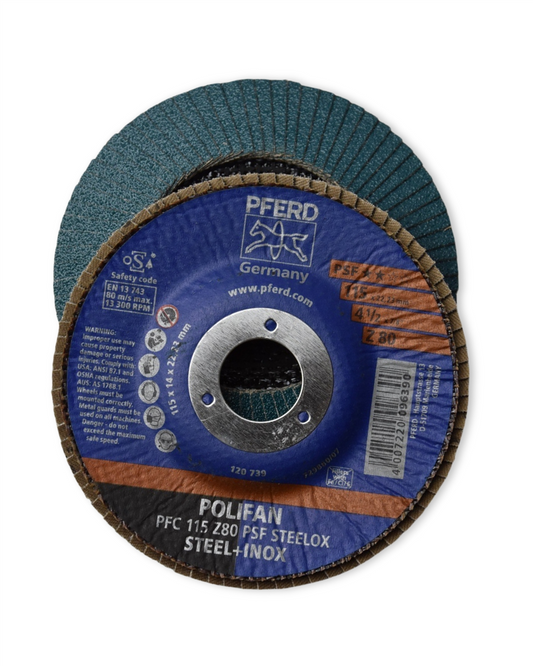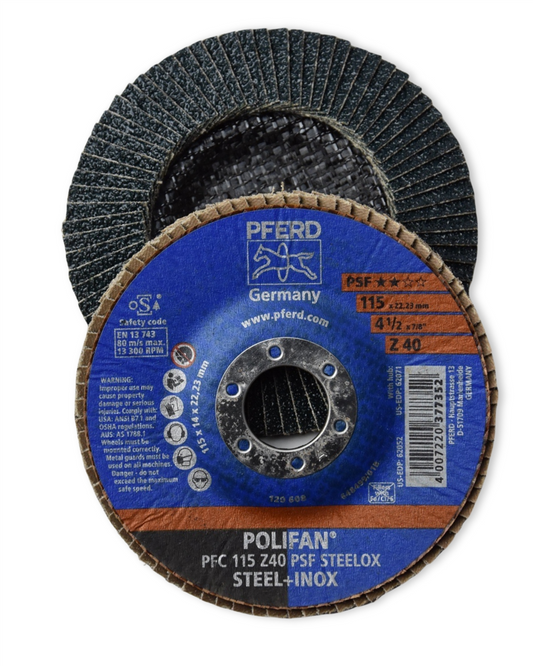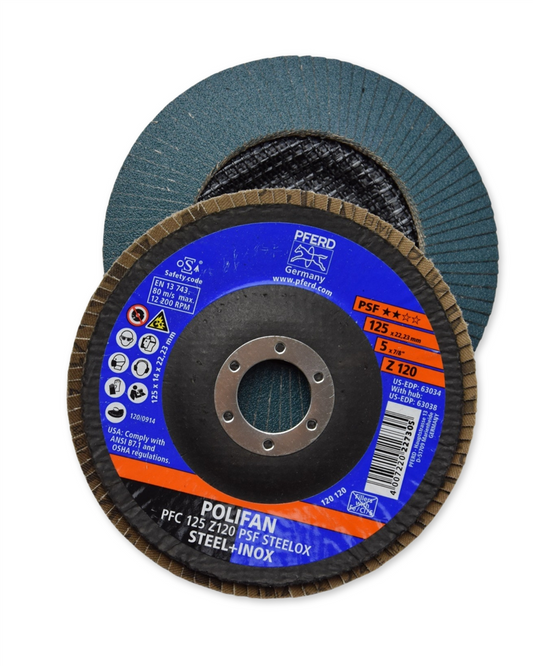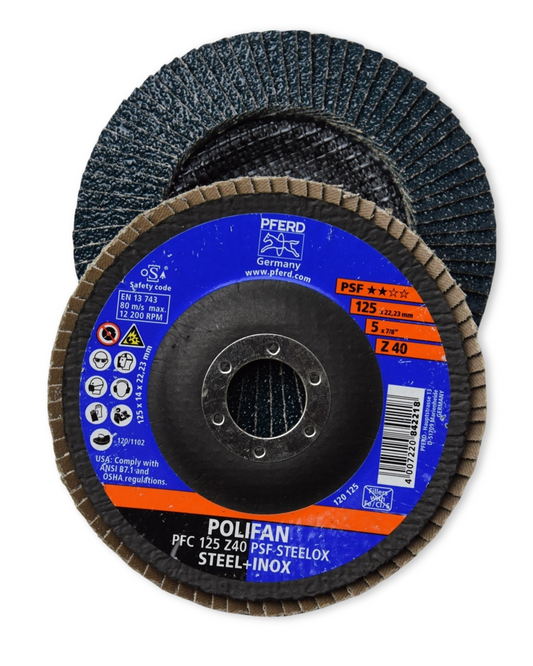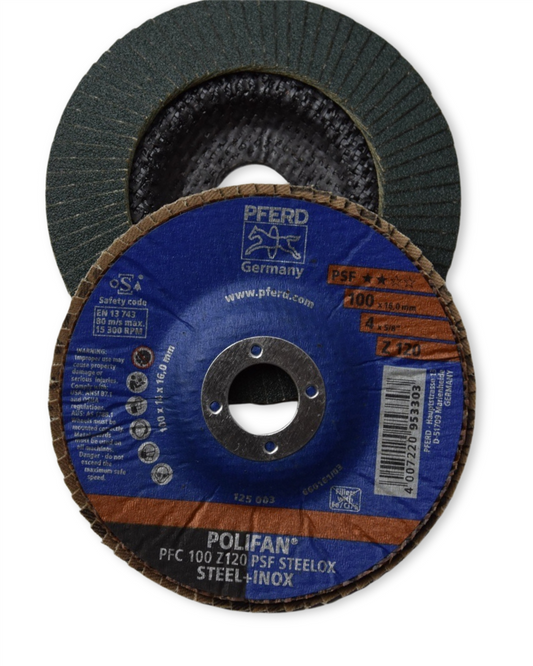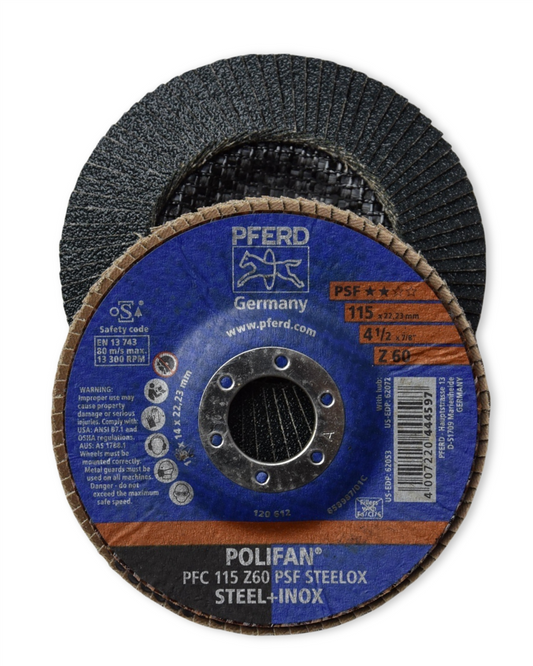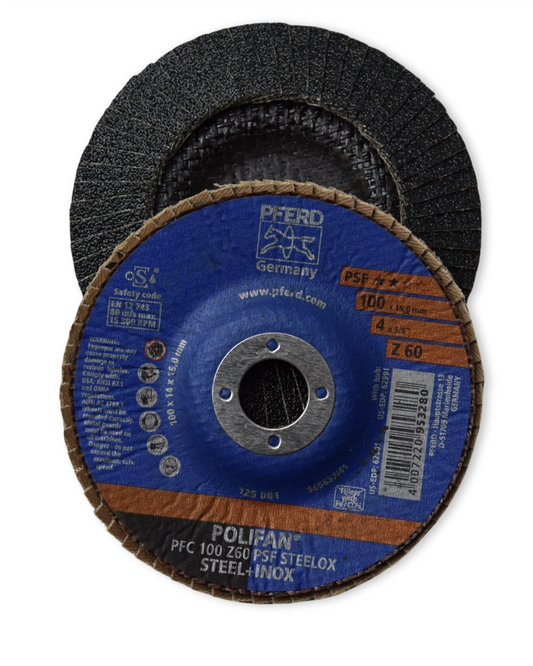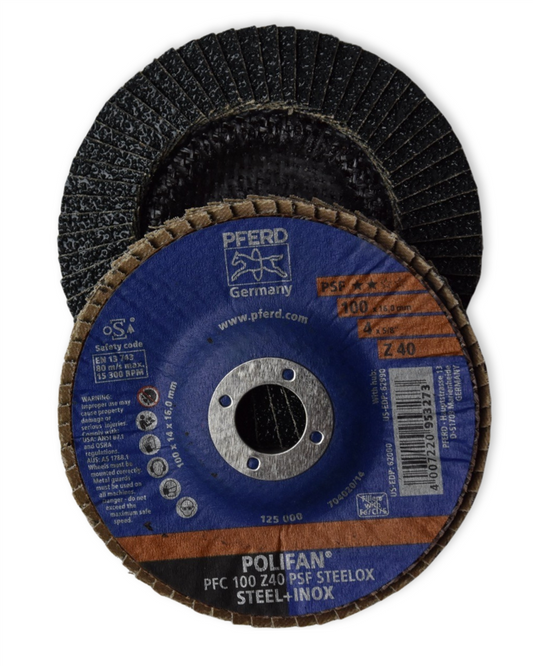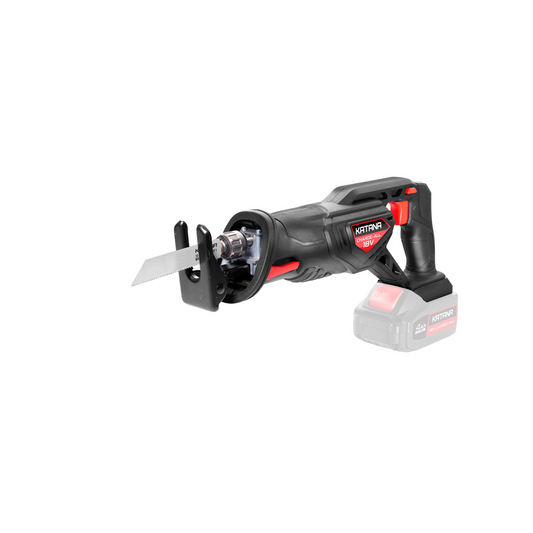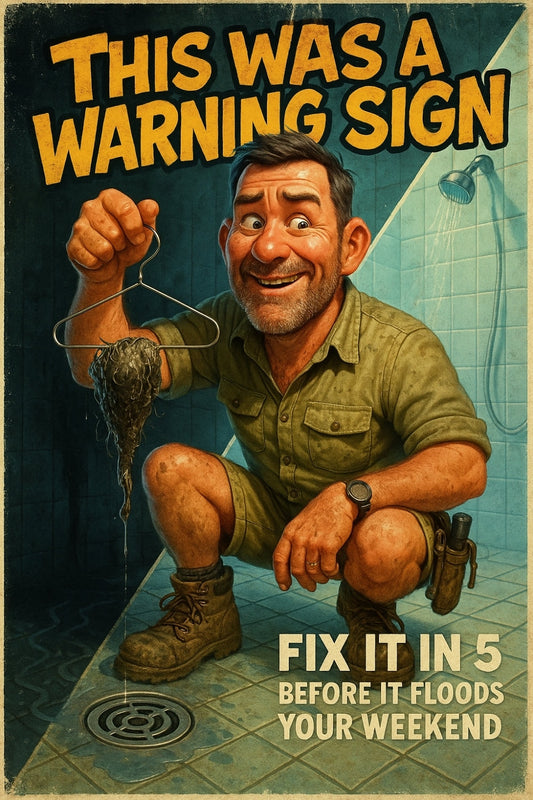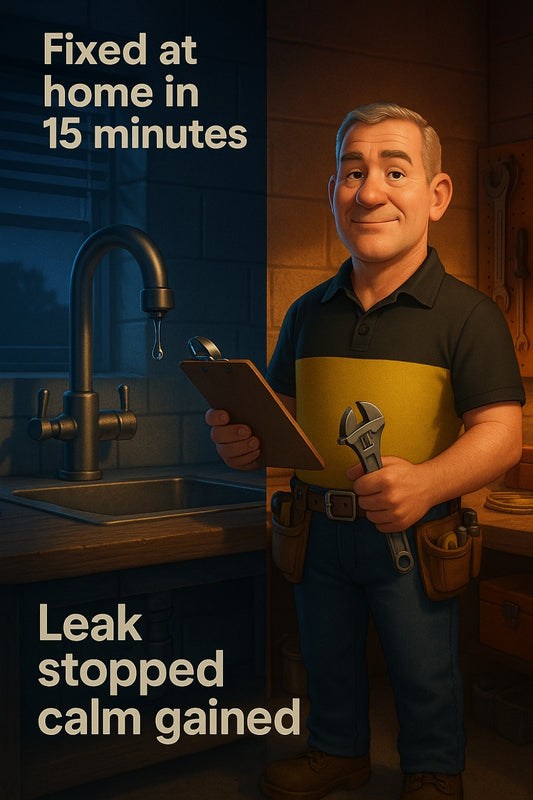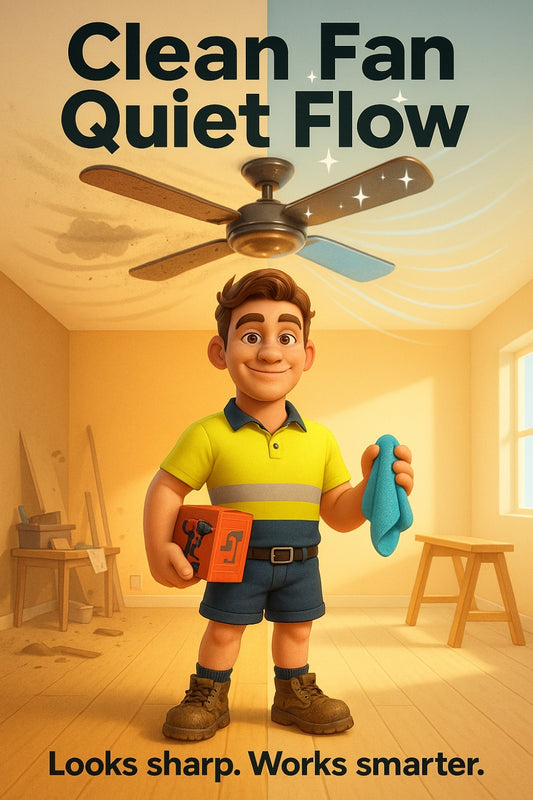18V tools hit that sweet spot: enough power, no cords, and zero muck-around.
Share
Why 18V Battery Tools Are the Sweet Spot Between Power and Everyday Ease
There comes a moment — between using your dad’s old corded drill and your mate’s meaty trade gear — when you pick up an 18V tool and think: oh yeah, this just feels right.
Not too heavy. Not too soft. No cords getting tangled in your knees. Just solid oomph, right where you need it. Whether you're putting up a fence panel, drilling into brick, or cutting decking boards, 18-volt battery tools hit that perfect balance of grunt, control, and convenience.
So, What Are 18V Tools — And Why Do They Even Matter?
Let’s break it down real straight. When we talk about an 18V tool, we’re really talking about the battery that powers it. The voltage — in this case, 18 volts — gives us a sense of the tool’s overall power output. More volts usually means more muscle, but it also means more weight and a bigger price tag. Go any lower, and you might be left underwhelmed. Go too high, and it’s like bringing a sledgehammer to do a staple gun’s job.
That’s why 18V has become the industry’s go-to for cordless tools. They’re the workhorses — reliable, compact, and strong enough to smash through most DIY jobs without breaking stride (or your back).
Here's What Makes 18V Tools So Handy on Site or at Home:
- No cords, no worries: Total freedom to move wherever the job takes you.
- Solid runtime: With newer battery tech, they easily last through a full day of projects.
- Portable power: Load up your ute or trailer and go — you're not tied to a powerboard.
- Cross-compatibility: Most brands let you swap one battery across multiple tools.
- Right-weighted: Strong without being clunky — great for accuracy and control.
"18V kits are a great place to start. You’ll end up grabbing them more often than not – whether it’s a quick fix or a big Sunday build."
- Workshop team, Strath Hardware
Old-School Tools Have Their Place — But Cords Can Be a Punisher
There’s something charming about that handed-down corded drill that smells faintly of two-stroke and effort. But let’s tell it like it is — cords can be a pain. You're dragging them through dirt, looping them around ladders, trying not to electrocute the dog. They’ve still got grunt, sure, but when convenience matters (and it honestly always does), battery tools win the day.
These days, the tech in an 18V setup can easily match what older corded tools used to offer — and with brushless motors and lithium-ion batteries leading the charge, it's more efficient than ever. Precise, flexible, and ready in seconds — no power point required.
A Short Look Back: The Rise of 18-Volt Heroes
In the early days of cordless tools, 9.6V or 12V was all the rage — they were compact and easy, but throttle them too hard and you'd know about it. The jump to 18V marked a game-changer. Suddenly DIYers and tradies didn't have to choose between power and portability. You had both, in one tidy package.
Fast-forward to now, and the 18V platform has become the foundation for most tool ecosystems — drills, circular saws, grinders, impact drivers, nail guns and even garden gear. That means fewer batteries to juggle, and more kit you can build out over time as your skills, jobs, and confidence grow.
What Real-World Jobs Can an 18V Tool Handle?
Is it tough enough to build a deck or fix your mate’s dodgy gate? 100% yes. Of course, there’s limits — you’re not roofing a mansion or breaking concrete — but for weekend builds, renos, and trade work on the go, they’re proper capable.
Common projects that 18V tools crush:
- Assembling flat-pack or custom cabinetry
- Driving long screws into treated pine, hardwood, or metal framing
- Cutting timber planks, pipes, and PVC
- Fixing plaster or patching walls
- Installing shelves, wardrobes, tarps, or fencing
And because they're so versatile, it’s not just indoors. Some outdoor 18V units can even run line trimmers, chainsaws, and pressure washers. One battery — whole shed worth of tools? That’s just smart.
Things to Think About When Choosing Your First 18V Tool
You don’t need to buy the entire trailer-load at once. Start with tools you’ll actually use — like a drill/driver and an impact driver combo. From there, add based on your projects.
Useful tips when upgrading or starting out:
- Stick to one battery platform: Choose a brand or system and slowly build around it.
- Don’t overlook torque: Some compact tools still pack serious muscle — good for tougher timber.
- Ergonomics matter: Pick up the tool, get a feel. If it’s comfortable, you’ll use it more and use it safer.
- Brushless is better: More efficient, longer motor life, less heat — worth the upgrade if you can.
Who wants to be halfway through fixing a gate hinge only to realise the battery’s flat, the charger’s missing, or the tool’s too underpowered to make a dent? Gear that works when you do — that's worth its weight in steel washers.
You Don’t Need Everything — Just the Right Things
You might see blokes rocking full tool boxes, dozen batteries deep. Doesn’t mean you have to run out and copy them. Tools should match the kind of jobs you do most. If you're crawling in a roof or working tight corners, a compact impact driver might be your best mate. Building shelves at home? A drill/driver with a long battery runtime will treat you right.
Real confidence doesn’t come from having all the gear — it comes from knowing how to use the right gear well. Skill first. Tools follow.
Final Thoughts: The Everyday Powerhouse
18V tools are the steady hand in a world full of over-the-top options. They're fast, reliable, and get the job done — no fuss. They grow with you, working just as well on stubby little fixes as they do on bigger builds you tackle with your mates on a long weekend.
And whether you're on the worksite, in the garage, or out under the back pergola with a cold one and some timber to cut — a good 18-volt tool won’t just make life easier. It’ll make you feel a bit more capable every time you pick it up.
Happy building,
Candeece

Stay Connected
Follow our Facebook Page: Strathalbyn H Hardware on Facebook



